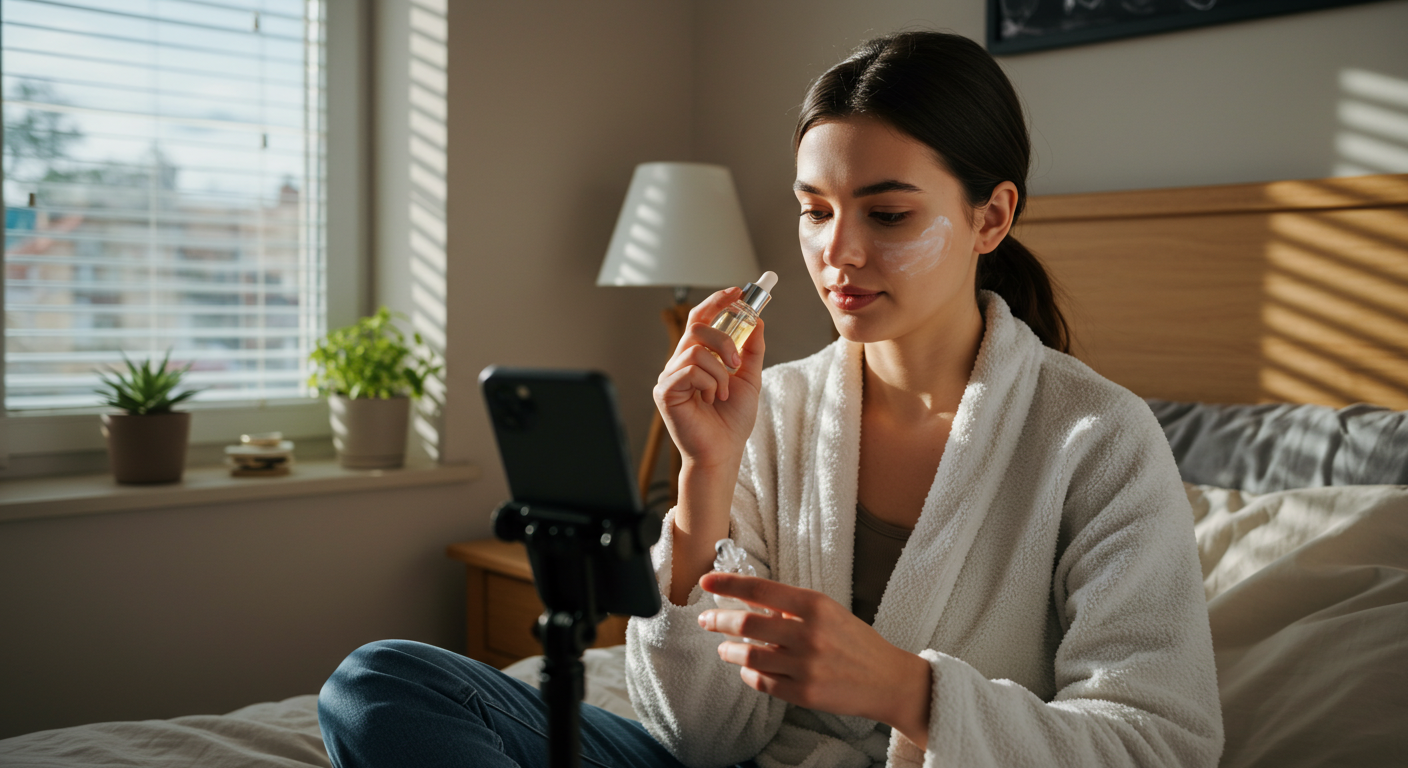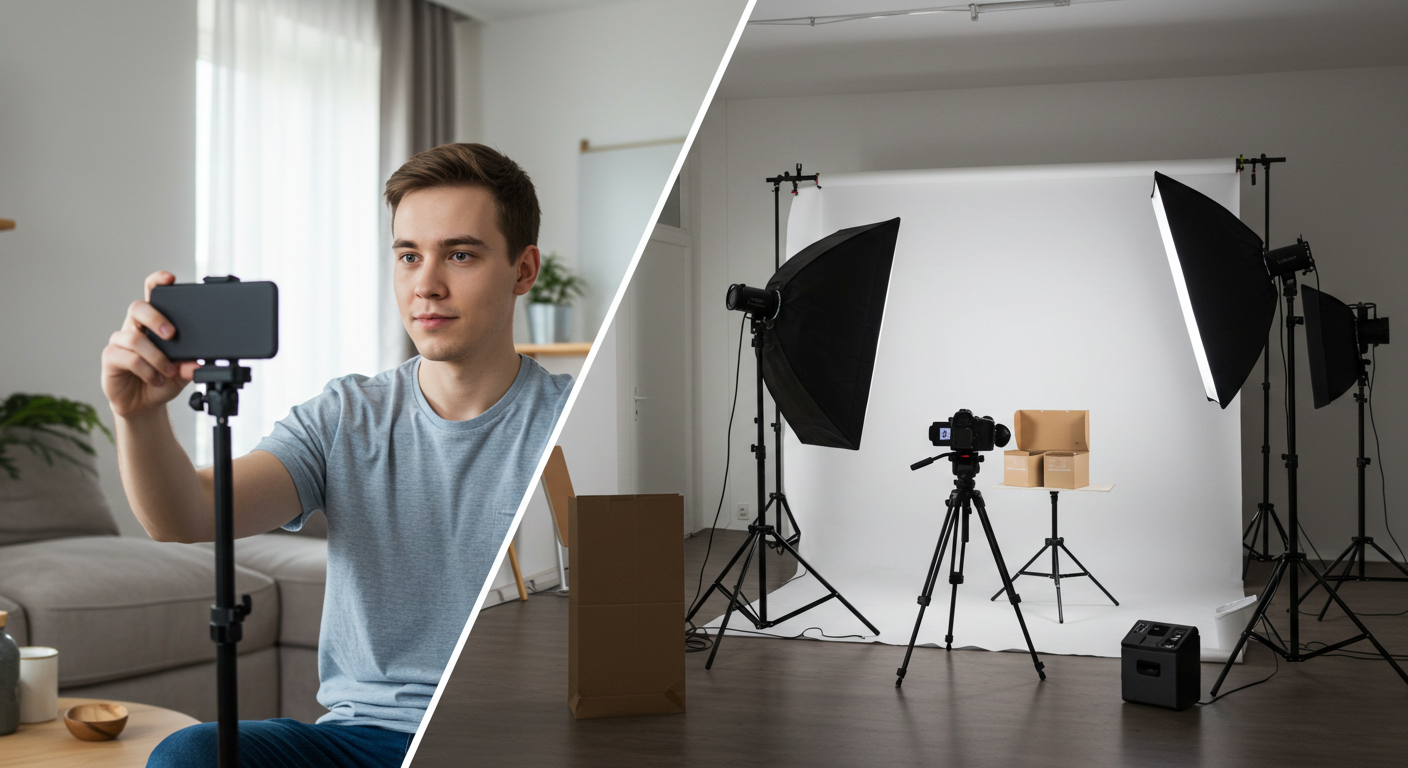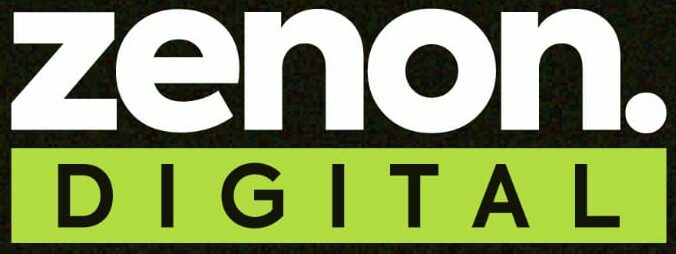UGC Video Meaning: Why User-Generated Content Works for Marketing

Marketing has changed. Audiences no longer trust polished ads the way they used to. Instead, they rely on authenticity real people sharing real experiences. That’s where UGC videos (User-Generated Content videos) come in. But what does a UGC video actually mean, and why are brands shifting their budgets to it?
Let’s break it down in simple terms and see why these short, relatable videos are reshaping digital marketing.
What Does UGC Video Mean?
UGC stands for User-Generated Content, which simply means content created by everyday people rather than brands.
- A customer filming themselves unboxing a skincare product.
- A traveler sharing their honest hotel review.
- A mom recording a short clip about how a baby product makes her life easier.
These are all UGC videos. Unlike high-budget commercials, they are raw, simple, and most importantly, authentic. People trust them because they feel real not staged.
Why UGC Videos Work Better Than Traditional Ads
- Trust Over Polish
Surveys show that people trust recommendations from strangers online more than celebrity endorsements. Why? Because a real user’s review feels honest, not scripted. - Social Proof in Action
A product shown in use by a customer is more convincing than a brand describing it. It answers the viewer’s unspoken question: “Does it actually work in real life?” - Fits the Platform Culture
TikTok, Instagram Reels, and YouTube Shorts are built for short, informal content. A polished commercial often feels out of place, but a selfie-style UGC video blends in naturally.
Higher Engagement, Lower Cost
UGC videos don’t require expensive production teams. Brands often collaborate with micro-creators or even repurpose customer content. The result? More engagement at a fraction of the cost.

How Brands Use UGC Videos
- Reviews & Testimonials: Customers sharing their experiences.
- Tutorials: Real people showing how to use a product.
- Lifestyle Content: Creators integrating products naturally into their daily routines.
- Challenges & Trends: Users creating content around branded hashtags or TikTok trends.
For example, a coffee brand might encourage buyers to film their “morning coffee routine.” Each video acts as a mini ad created by the audience itself.
The Psychological Edge of UGC Videos
Why do these clips convert so well? The answer lies in psychology.
- Relatability: Viewers see someone like them using the product.
- FOMO (Fear of Missing Out): When multiple users share positive experiences, others don’t want to be left behind.
- Authenticity Bias: People subconsciously value amateur-looking content as more “honest” than glossy ads.
This combination makes UGC one of the most persuasive tools in modern marketing.
Real-World Example
Consider a small skincare brand launching a new serum. Instead of spending thousands on a professional ad campaign, they work with micro-influencers. Each influencer records a 30-second UGC video showing the serum in their daily routine.
The brand reposts these videos on TikTok and Instagram, adds them to paid ads, and soon customers start tagging them in their own content. Within weeks, the brand gains traction because real people, not models, are driving the buzz.
A UGC video means real content made by real people and that’s why it works. In today’s digital space, trust is the most valuable currency. Brands that lean into user-generated videos not only save on ad spend but also gain authenticity, community, and stronger conversions.
If you’re a business, the question isn’t “Should we use UGC videos?” It’s “How soon can we start?”
Empowering personal brands with bold strategy, design, and digital presence.
Contact Us
Our Services
- Copyright 2025 All rights reserved
- Privacy Policy
- Terms and Conditions

